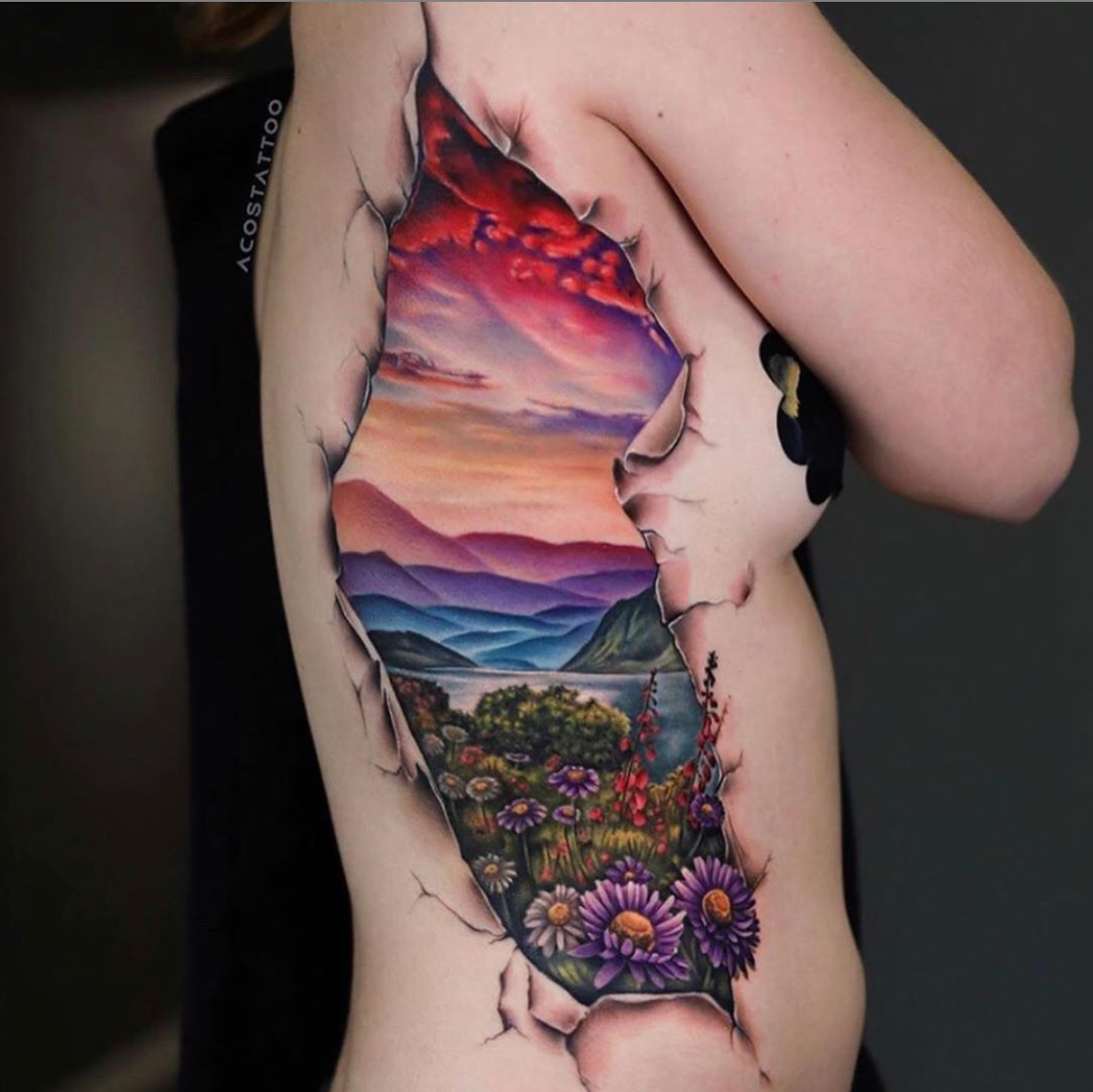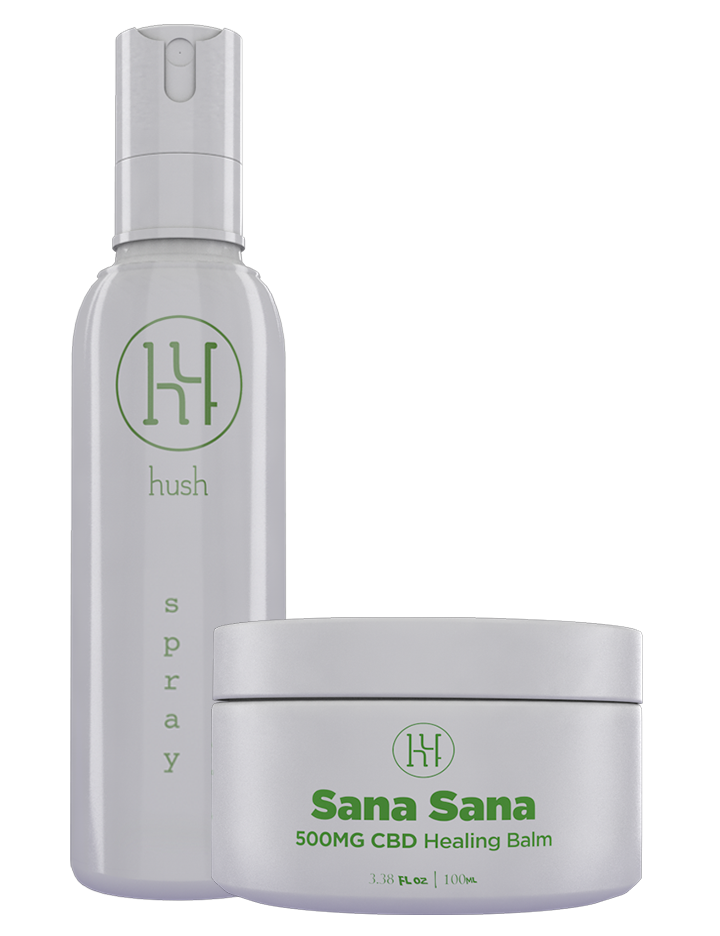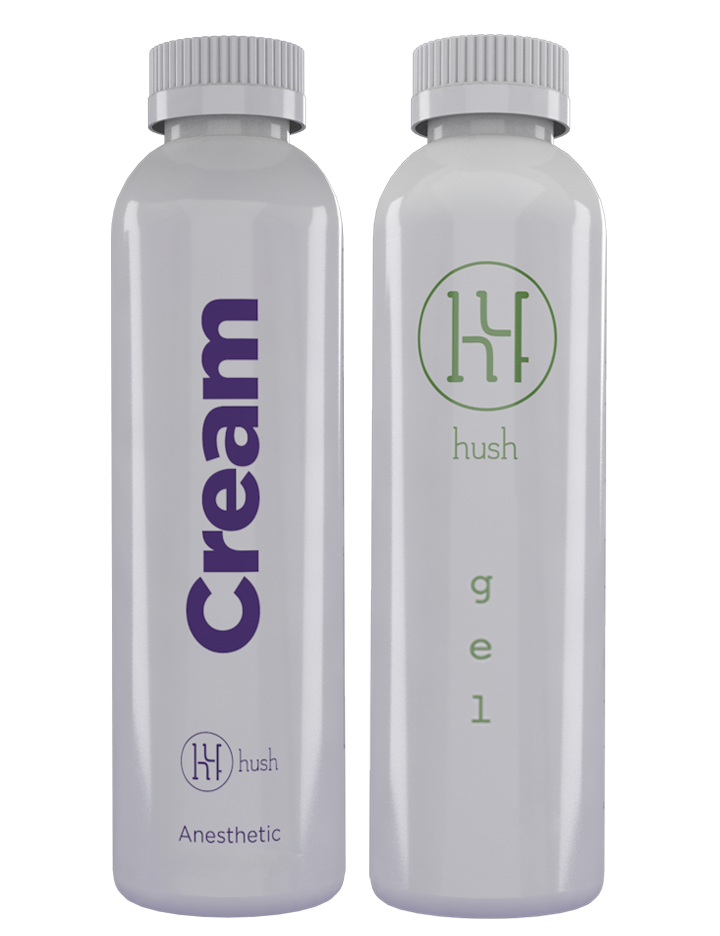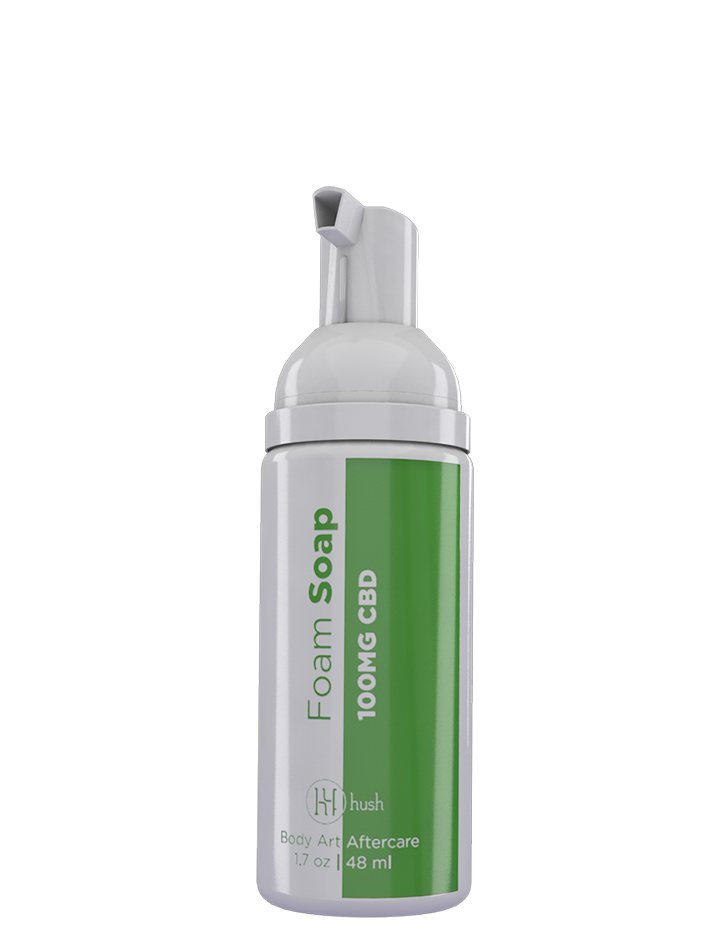 Tattoos have become popular with each passing year, don't you agree? Back in the days of yore, you could only see them in on certain groups of people like biker gangs, sailors, and outlaws. But now, you could almost see it in everybody. Different styles and types have evolved because of the changing demand and taste of the public. It is no longer constricted with cliché designs like skull and bones, anchor, and pinup girls. It has become sophisticated and even considered an artwork in itself! Nowadays, it is a way of expressing oneself. Tattoos are a way of showing the world how awesome you are!
Tattoos have become popular with each passing year, don't you agree? Back in the days of yore, you could only see them in on certain groups of people like biker gangs, sailors, and outlaws. But now, you could almost see it in everybody. Different styles and types have evolved because of the changing demand and taste of the public. It is no longer constricted with cliché designs like skull and bones, anchor, and pinup girls. It has become sophisticated and even considered an artwork in itself! Nowadays, it is a way of expressing oneself. Tattoos are a way of showing the world how awesome you are!
What's A Tattoo Anyway?
In simple terms, it is a wound inflicted to the skin through puncture and each puncture injects ink which permeates through the layers of the skin. How it was done in the past is very different to how it is done today, but the technique is somehow similar. Nowadays, artists would use a tattoo gun that has needles on it. One or more would be used to deliver the ink unto the skin. Why does the ink stay in the skin? It's because it reaches the deepest layer of the skin. You may even want to have a tattoo anesthetic to get things done. The upper layer of the skin is the epidermis. It constantly sheds so if an ink is placed there, it will be gone in a couple of days or weeks. But tattoos reach the dermis, the deepest layer of the skin, thus, making it almost permanent. Back then, tattoos are applied by tapping a tool that would make a puncture to the skin and ink would be applied by hand. Nowadays, machines or guns are used to apply the ink, but some artists do prefer the old way of doing it. The use of tattoo guns make the process much faster because ink is delivered to the skin while the skin is being punctured. Needle tips may be changed by the artist, depending on the design and intricacy of the intended tattoo. If needles don't go deep as it is intended to be, too much bleeding may occur, and pain might be too much to bear.
Is It Very Painful To Have One?
To tell you honestly, yes, it does hurt to have one. Tattoo pain is real! It may take many hours or even many days to complete a customized tattoo. But the pain that you are going to experience is highly subjective because people have different pain tolerance. The body part where the tattoo will be placed also determines the amount of pain you are going to experience. Bony prominences would naturally hurt compared to areas with more fat and flesh. More experienced and skilled tattoo artists may have a technique to lower the pain but you can also make use of tattoo numbing products to do the trick.
Do You Really Want A Tattoo?
Okay. You have already decided to get inked. First and foremost, do it the safer way. Don't forget that it is a wound that needs to be kept clean all the time. Keeping it that way means you'll be avoiding infection, which is a surefire way to ruin your tattoo. That's a heartache that a topical anesthetic may not even prevent! Just to make sure that you're safe, make sure that your booster shots are updated. Tattoo parlors also have implementations to keep their clients safe and it surely will not hurt if you'll implement safety precautions on your own. Just in case it gets infected, it would be wise to prepare a medical care. Infected tattoos may show the following signs and symptoms; change in skin color near the tattoo, presence of pus, excessive redness, prolonged bleeding, etc. If you have an existing condition like diabetes, heart disease, or even allergies, please consult your doctor and follow his advice on which precautions to take. Your choice of artist and tattoo parlor is very essential. You would want the shop to be clean and their instruments sterile. Equipment like masks, gloves, and needles should be for single use only and must be thrown after use. The guns and other machines must be disinfected and sterilized after every session. You can check your local government health agencies for lists of licensed shops that follow the standards of the trade. The list of tattoo parlors should answer yes to these questions;
- Do they have an autoclave machine or sterilization process? An autoclave uses heat, pressure, and steam to make objects sterile.
- Are they licensed? If not, don't go for it.
- Do they follow universal procedures of health administration or occupational safety procedure? They should and it's a must!
- Is their tattoo shop clean? If it's dirty, you should be having second thoughts of having it done there. If it doesn't feel right, run away as fast as you can!
What Should You Expect?
First, find the design that catches your fancy. Most shops have numerous designs that you can look through, and one or more could meet your expectations. You can also ask for a customized design from the artist if you want. You can also browse the web for ideas or inspiration. Once you have the design, choose the location where you want to place it. Do you prefer to have it in your arms? Your legs? The area may be prepared by cleaning it thoroughly and having it shaved if needed. A stencil may be applied to see on how it will eventually look. The artist will explain the procedure to you, telling you what to expect and make you feel comfortable as much as possible. When everything is ready, topical anesthetic gel will be applied and an outline will be made, then the area will be cleaned again and change of needles will be initiated. After finishing it, the area will be cleaned again and antibiotic ointment will be applied and covered with bandage. Give yourself a pat in the back! You now have an awesome way to tell the world how awesome you are. In a few weeks, it will fully heal and you can finally show it off! You'll be one proud mama for sure!
How Should We Care For Tattoos?
This may be the last thing needed to be done but it is also as important as the first few procedures you have painstakingly undergone. Utmost care must be observed. The artist and the tattoo shop will give you specific instructions on how to take care of it. If something out of the ordinary will happen, call your doctor at once. Do not remove the bandage within 24 hours because it will help hasten the healing process. Do not touch it with dirty hands or pick the scabs forming on it. Use an antibacterial soap and pat it dry. Re-apply topical numbing spray or tattoo numbing cream as ordered. Re-bandaging it would be okay in the first few days. Keep it from getting wet, although you may take a quick shower and pat it dry immediately. Keep it out of direct sunlight too because it will fade the colors. If your tattoo has fully-healed, add sunscreen to make the colors last longer and brighter! You'll be so proud to show it off for sure!




